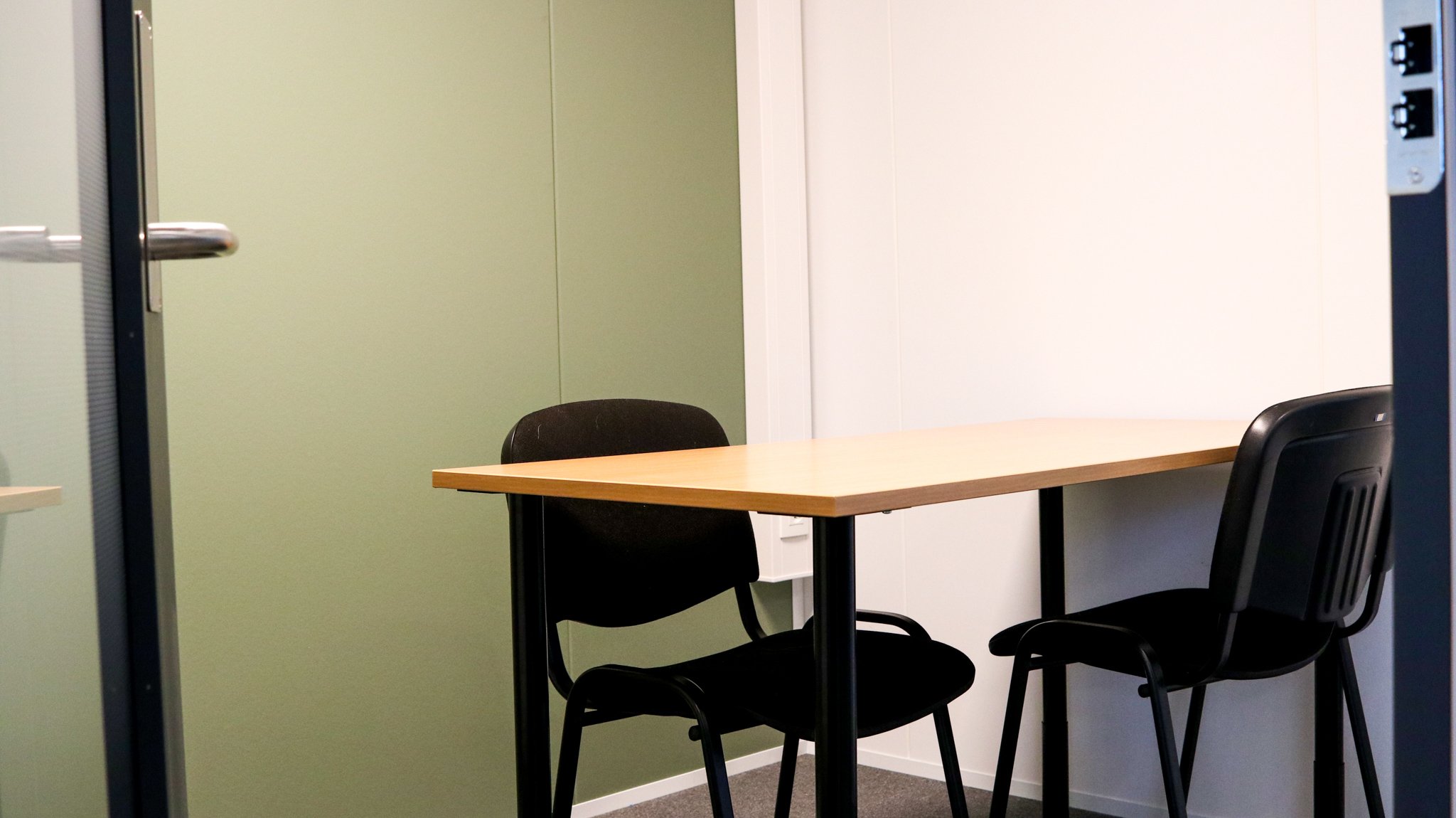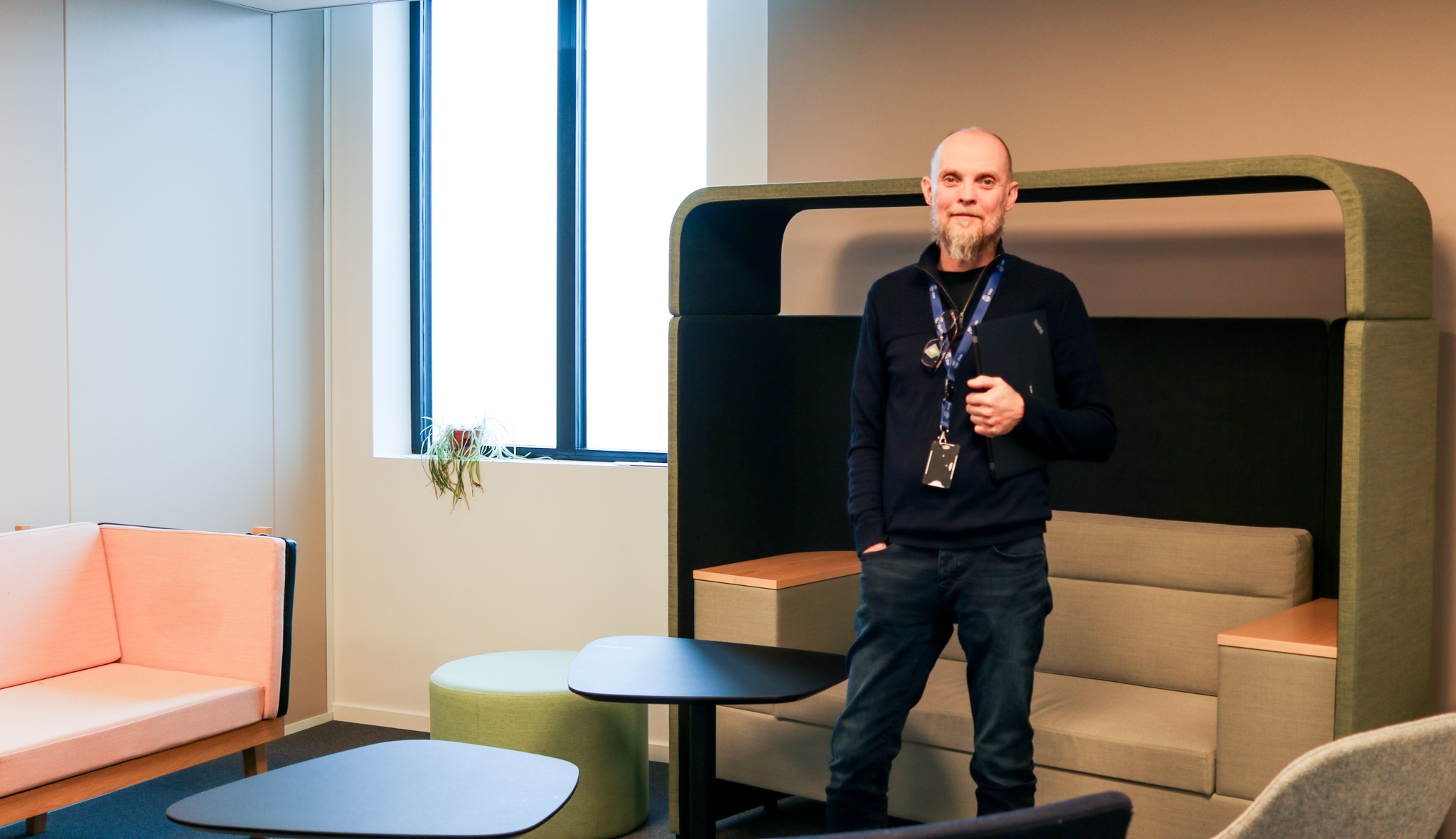District Søndre Nordstrand has moved 300 employees into their new town hall and has saved almost NOK 3 million on reusing furniture and interior. We talked to Per Ivar Hammershaug, Unit Leader in Oslo Municipality, District Søndre Nordstrand to find out how they did this in practice.
What is the Background for Your Project?
Our project involved moving from four different locations to our new town hall. There were about 300 employees that had to be moved, and in addition there has been several sub-projects within this project.
What is Your Goal for Circular Economy?
We have no formal goal for circular economy - at least not that I am aware of. We still live in this current time, like everyone else. This means that reuse, environment and climate are very important topics to consider - both for Oslo Municipality, but also for the district.
We have a number of climate and environmental goals that we get measured on every year; and in connection with moving into a new town hall, it was natural to also look at the degree of reuse that is possible to achieve within the framework we had .
For us, finances and reuse have gone hand in hand. Earlier in the project, the focus was more on the environmental side of reuse. Along the way, there has become quite a strong focus on the financial aspect, which means that we were challenged on reuse to a greater extent than initially planned.

District Søndre Nordstrand chooses to reuse as much furniture as possible in its new town hall.
In What Ways Has it Been Important to Use a Digital Platform to Execute Your Project in the Best Possible Way?
It's like everything else - we depend on using good tools to be able to work efficiently. Early in this process, it was largely a matter of executing the surveying - what do we have and how should we reuse what we have? Instead of walking around with pen and paper or just working in Excel, which was not desirable - we chose Loopfront. Excel can be used for a lot of things, but in a registration phase it is simply not suitable.
I was very happy to find a tool that could help me in this phase of the project. We have experienced time pressure, so we have had to work smart.
What Would you Tell Other Districts or Municipalities That Wish to Become More Circular?
Den viktigste lærdommen jeg har tatt med meg, er å være så nøye som overhode mulig under kartleggingen. Du kan ha prinsipper, politikk og retningslinjer, men når alt kommer til alt, så er det vurderingen man gjør på hvert enkelt møbel som gjelder. I vårt tilfelle, der vi har registrert opp imot 3000 artikler, så husker man ikke etter hvert hvordan den stolen eller pulten var. Du må få ned mest mulig informasjon, så detaljert som mulig, i det øyeblikket du kartlegger. Det ser vi at vi burde gjort bedre. Når du kommer ut i prosessen på hva du kan ombruke og ikke, så ender man opp med å dra tilbake og sjekke fordi kartleggingen ikke har vært nøyaktig nok. Bruk så mye tid på detaljer som nødvendig under registreringen – det vil man spare masse tid på i etterkant.
The most important lesson I have taken with me is to be as detail oriented as possible during the survey. You can have principles, policies and guidelines, but at the end of the day, it is the assessment you make on each piece of furniture that creates the results. In our case, where we have registered up to 3000 products, one does not remember exactly how that chair or desk was. You need to get as much information as possible, as detailed as possible, in the moment of surveying. We recognize that we should have done better with that ourselves. When you get into the process of what you can reuse and not, you will end up going back and check because the surveying has not been accurate enough. Spend as much time on details as necessary during the surveying process - it will save a lot of time afterwards.
Do you wish to try circular surveying? Contact us to get started!




